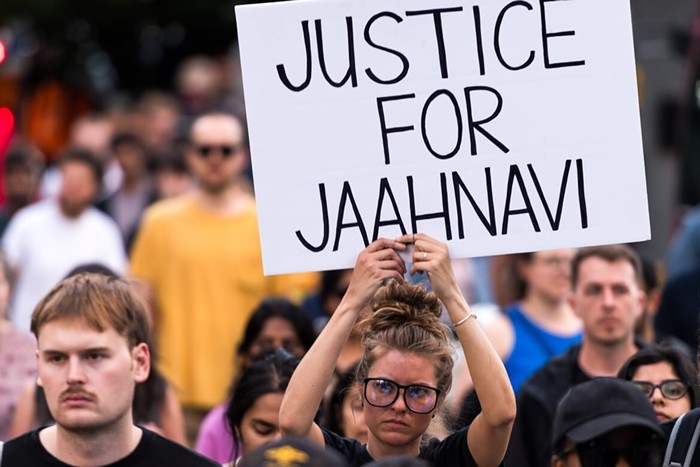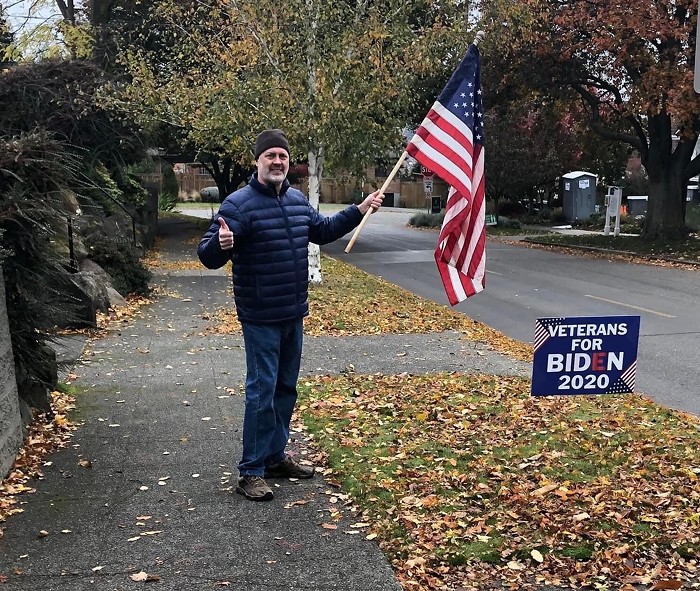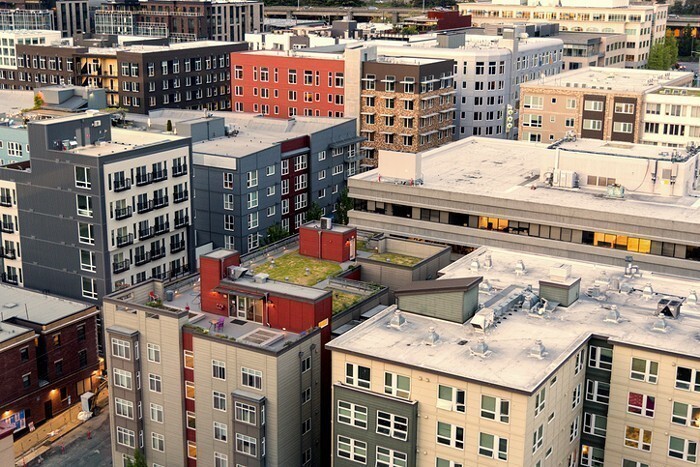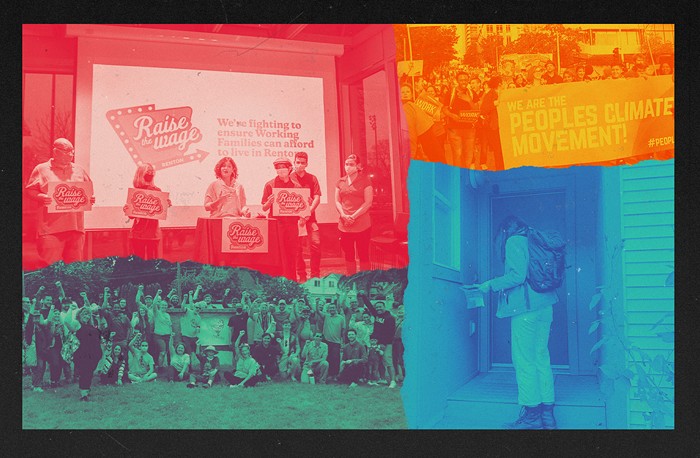Metro's route 17 offers weekday service every half hour from Loyal Heights in Ballard, down 32nd Avenue Northwest, and through Fremont into downtown Seattle. But not for much longer.
On Thursday, January 31, a hundred or so folks jammed into the Ballard Senior Center to air their concerns with Metro staffers about a proposal to reduce service on route 17 along 32nd Avenue—a tradeoff for adding service along Seaview Avenue NW along Ballard's western edge. Although the two sides were divided along predictable neighborhood lines, they all agreed on one thing: Metro shouldn't be "pitting neighborhood against neighborhood" and forcing two parts of Ballard to fight for crumbs.
"You're lucky that we're all liberals," retired Metro driver Mark Dublin told the Metro representatives. "I can guarantee you that in some other parts of your system, like Bellevue and Medina, if you asked someone to walk an extra mile in terrible weather, you wouldn't get the same friendly response you're getting here."
In 2006, voters approved a $50 million annual tax increase to expand transit throughout the county, called Transit Now, making this a particularly strange time for Metro to be proposing cutbacks. Metro service-development manager Victor Obeso, however, says all the money in Transit Now is already spoken for. Most of it will pay for five new "Rapid Ride" bus rapid-transit routes, including three in Seattle. The rest of the new funding is focused primarily on expanding a few existing lines and increasing bus service to suburbs like Sammamish, Issaquah, and Maple Valley. That money can't be shifted, Obeso says, "without a decision by the King County Council to not provide other services."
The county council is also responsible for the tortured logic behind the little-known "40-40-20" funding rule, which dictates that, of every dollar spent on new bus service, 40 cents must go to south King County and 40 cents to east King County—leaving Seattle with just 20 percent. That rule alone means that Seattle, which has most of the region's transit users, will always be underfunded compared to its far-flung suburbs. The idea behind 40-40-20, Obeso says, is to provide transit service to growing areas of the county that aren't well served by transit. "When you look at transit-ridership growth as a percentage, the rate is higher in suburban areas than in Seattle," Obeso says. However, most new transit riders still come from Seattle—29,000 new riders in the last three years, compared to 26,000 new riders in the rest of King County.
There's one further reason Seattle bus riders are being asked to quibble over crumbs: the South Lake Union Trolley, which costs about $1.7 million a year to operate. That may not sound like much, but it accounts for about 20 percent of new Metro service dollars. ![]()


















